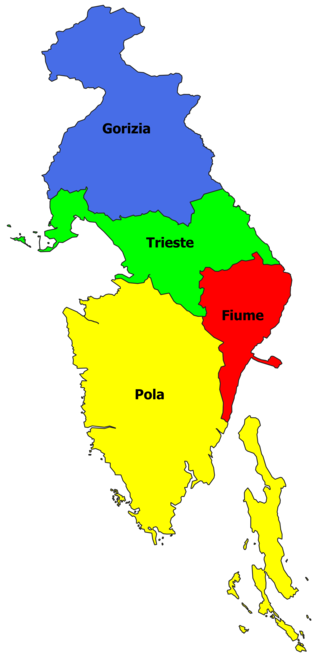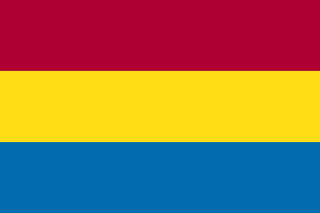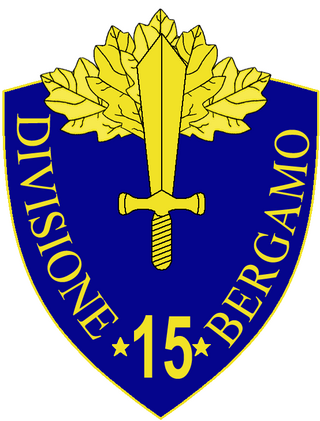
Opatija is a town and a municipality in Primorje-Gorski Kotar County in western Croatia. The traditional seaside resort on the Kvarner Gulf is known for its Mediterranean climate and its historic buildings reminiscent of the Austrian Riviera.

Rijeka, also known as Fiume, is the principal seaport and the third-largest city in Croatia. It is located in Primorje-Gorski Kotar County on Kvarner Bay, an inlet of the Adriatic Sea and in 2021 had a population of 108,622 inhabitants. Historically, because of its strategic position and its excellent deep-water port, the city was fiercely contested, especially between the Holy Roman Empire, Italy and Croatia, changing rulers and demographics many times over centuries. According to the 2011 census data, the majority of its citizens are Croats, along with small numbers of Serbs, Bosniaks and Italians.
The Treaty of Rome was agreed on 27 January 1924, when Italy and the Kingdom of Serbs, Croats and Slovenes agreed that Fiume would be annexed to Italy as the Province of Fiume, and the town of Sušak would be part of the Kingdom of Serbs, Croats and Slovenes.

The Julian March, also called Julian Venetia, is an area of southern Central Europe which is currently divided among Croatia, Italy, and Slovenia. The term was coined in 1863 by the Italian linguist Graziadio Isaia Ascoli, a native of the area, to demonstrate that the Austrian Littoral, Veneto, Friuli, and Trentino shared a common Italian linguistic identity. Ascoli emphasized the Augustan partition of Roman Italy at the beginning of the Empire, when Venetia et Histria was Regio X.
After World War I, the city of Fiume was claimed by both the Kingdom of Serbs, Croats and Slovenes and Italy. While its status was unresolved, its postal system was operated by a variety of occupation forces and local governments.

The Austrian Littoral was a crown land (Kronland) of the Austrian Empire, established in 1849. It consisted of three regions: the Margraviate of Istria in the south, Gorizia and Gradisca in the north, and the Imperial Free City of Trieste in the middle. The region has been contested frequently, with parts of it controlled at various times by the Republic of Venice, Austria-Hungary, Italy, and Yugoslavia among others.

The Free State of Fiume was an independent free state that existed between 1920 and 1924. Its territory of 28 km2 (11 sq mi) comprised the city of Fiume and rural areas to its north, with a corridor to its west connecting it to the Kingdom of Italy.

Sušak is a part of the city of Rijeka in Croatia, where it composes the eastern part of the city, separated from the city center by the Rječina river, which in former times served as an international border. Notable features of Sušak include the public beaches at Pećina and Glavanovo, along with the Tower Center shopping mall.

The Italian Regency of Carnaro was a self-proclaimed state in the city of Fiume led by Gabriele d'Annunzio between 1919 and 1920.

Province of Pola was a province of the Kingdom of Italy created after World War I, that officially existed from 1923 until 1947. The capital was Pola. After the Second World War the province of Pola became part of Yugoslavia. Following the collapse of Yugoslavia in 1991, the province of Pola has been part of Croatia and Slovenia.
Rijeka, formerly known as Fiume, is a city located in the northern tip of the Kvarner Gulf in the northern Adriatic. It is currently the third-largest city in Croatia. It was part of the Roman province of Dalmatia, and later of the Kingdom of Croatia. It grew during the 12th to 14th centuries as a seaport within the Holy Roman Empire, trading with Italian cities. Under the rule of the House of Habsburg from 1466, it was made a free city; and, although part of the Duchy of Carniola, it developed local self-government.

The 15th Infantry Division "Bergamo" was an infantry division of the Royal Italian Army during World War II. The Bergamo was based in Istria and named for the city of Bergamo.

The 57th Infantry Division "Lombardia" was an infantry division of the Royal Italian Army during World War II. The Lombardia was formed on 24 May 1939 in Pula and named for the region of Lombardy. The division was disbanded by the Germans after the Armistice of Cassibile was announced on 8 September 1943.

Drenova is a neighbourhood and a local board of the city of Rijeka, Croatia perched on a plateau above the city. Historically there were two parts: Gornja (Upper) Drenova and Donja (Lower) Drenova, nowadays united in one. Drenova has the largest cemetery and park area of the city. The motto of the local board is "Drenova - green lung of the city".

Corpus separatum, a Latin term meaning "separated body", refers to the status of the City of Fiume while given a special legal and political status different from its environment under the rule of the Kingdom of Hungary. Formally known as City of Fiume and its District, it was instituted by Empress Maria Theresa in 1779, determining the semi-autonomous status of Fiume within the Habsburg monarchy until the fall of the Austro-Hungarian Empire in 1918.

Opatija Circuit, also known as Preluk Circuit and the Kvarner Circuit, was a motorsport street circuit in Opatija, Croatia. The circuit used the city streets of the seaside resort situated on the Kvarner Gulf between 1931 and 1977. It was known as the "Monaco" of the Grand Prix motorcycle racing circuit because of its dramatic views of the Adriatic Sea.

Istrian Italians are an ethnic group from the Adriatic region of Istria in modern northwestern Croatia and southwestern Slovenia. Istrian Italians descend from the original Latinized population of Roman Histria, from the Venetian-speaking settlers who colonized the region during the time of the Republic of Venice, and from the local Croatian people who culturally assimilated.
The Bloody Christmas of 1920 was a series of clashes in Fiume, which led to the conclusion of the Fiume campaign that was carried out by the Italian poet and adventurer Gabriele D'Annunzio in 1920.
The following is a timeline of the history of the city of Rijeka, Croatia.




















